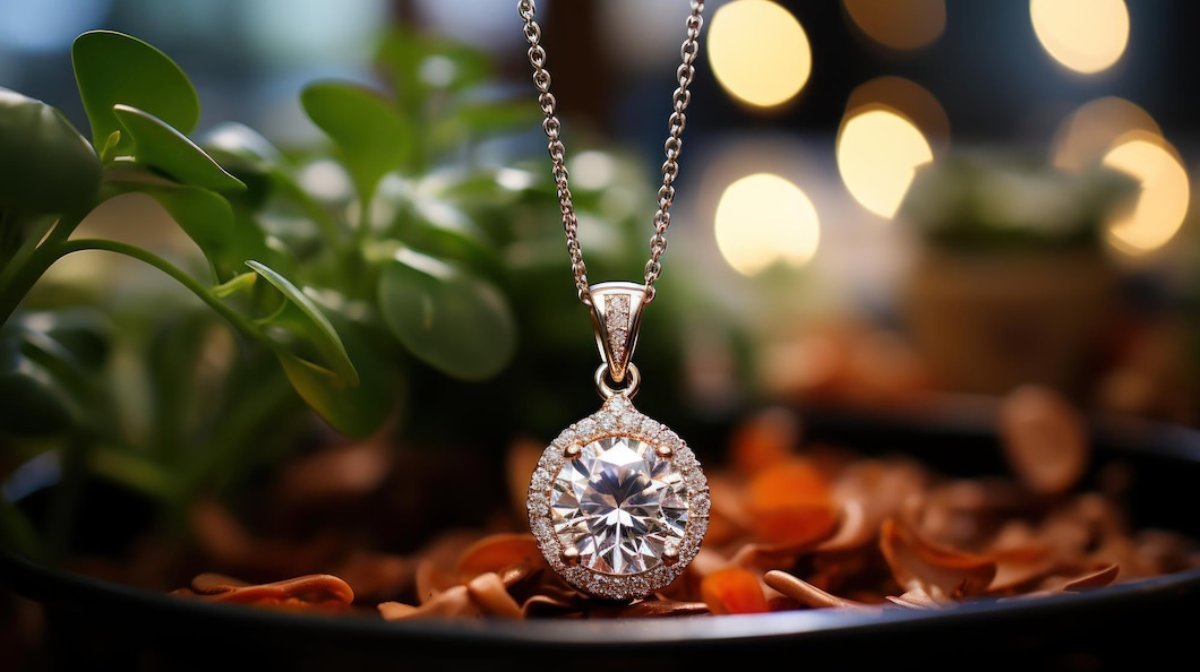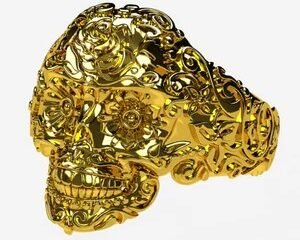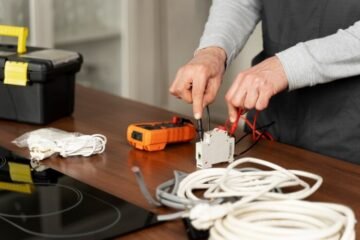Crafting your own custom pendants is an excellent way to showcase your creativity and infuse a unique flair into your accessories. Whether you’re a novice or have some jewelry-making experience, this guide will walk you through the fundamental steps to bring your personalized pendant designs to life.
Gathering Your Materials
The first step to make custom pendants is to gather all the necessary materials. You’ll need:
Pendant Base
This can be made of various materials such as metal, clay, or resin. Choose a base that suits your design and personal preference. Some popular pendant base options include:
- Metal: Brass, sterling silver, gold-plated, or stainless steel
- Clay: Polymer clay, air-dry clay, or oven-bake clay
- Resin: Epoxy resin or UV resin
Design Elements
These can include gemstones, beads, charms, or any other decorative items you want to incorporate into your pendant. Consider the color, shape, and size of these elements to create a visually appealing design. Some common design elements include:
- Gemstones: Crystals, semi-precious stones, or glass gems
- Beads: Wooden, glass, metal, or polymer clay beads
- Charms: Metal, enamel, or resin charms
- Findings: Jump rings, bails, or other jewelry components
Jewelry Findings
These are the components that will allow you to attach the pendant to a chain or cord. Common findings include:
- Jump rings: Used to connect the pendant to a necklace chain
- Bails: Provide a loop or hole for attaching a chain or cord
- Necklace chains: Choose from a variety of chain styles and lengths
Tools
Depending on the materials and techniques you choose, you may need tools such as:
- Pliers: Flat-nose, round-nose, or chain-nose pliers
- Wire cutters: For cutting Jump rings or wire
- Glue: Epoxy, super glue, or jewelry-grade adhesive
- Drill: For creating holes or attaching findings
Make sure you have the necessary tools before starting the project.
Planning Your Design
Before you start crafting your custom pendant, it’s important to have a clear idea of what you want to achieve. Consider the overall design, color scheme, and style you want to incorporate. You can sketch out your design on paper or use jewelry design software to visualize your pendant before bringing it to life.
Brainstorming Design Ideas
- Explore various pendant shapes, such as geometric, organic, or abstract
- Experiment with different color combinations to create a harmonious palette
- Incorporate meaningful symbols or personal elements into your design
- Look for inspiration from nature, art, or your own personal style
Visualizing Your Pendant
- Sketch your design ideas on paper or in a sketchbook
- Use digital design tools or photo editing apps to create digital mockups
- Consider the proportions, balance, and overall aesthetic of your pendant design
Preparing the Pendant Base
If you’re using a pre-made pendant base, you can skip this step. However, if you’re making your own base using clay or resin, you’ll need to prepare it according to the instructions provided with the material.
Using Clay
- Knead the clay to soften it and remove any air bubbles
- Shape the clay into your desired pendant form, ensuring it’s smooth and uniform
- Poke a hole or create a loop for attaching the findings
Using Resin
- Mix the resin and hardener according to the manufacturer’s instructions
- Pour the mixture into a mold or bezel to create your pendant base
- Allow the base to dry or cure completely before moving on
Adding Design Elements
This is where you can get creative and truly personalize your pendant. You can arrange gemstones, beads, or charms on top of the base and secure them in place using glue or wire wrapping techniques. Experiment with different layouts and combinations to find the design that speaks to you.
Arranging Design Elements
- Play with different placement and clustering of the design elements
- Consider the balance and symmetry of your composition
- Ensure the elements are securely attached to the pendant base
Securing the Design Elements
- Apply a small amount of jewelry-grade adhesive to the back of the elements
- Use wire-wrapping techniques to securely attach the elements to the base
- Allow the adhesive or wire-wrapping to fully dry or set before moving on
Attaching Jewelry Findings
After you’ve added your design elements, it’s time to attach the jewelry findings. This step will allow you to wear your custom pendant as a necklace. Using jump rings, bails, or necklace chains, attach the pendant to the desired chain or cord. Make sure the findings are secure and that the pendant hangs evenly.
Securing the Pendant
- Carefully open and close the jump rings to attach the pendant
- Ensure the bail or necklace chain is firmly in place
- Check that the pendant moves freely and hangs straight
Choosing the Necklace Chain
- Select a chain length that complements the size and style of your pendant
- Consider the thickness and material of the chain to match your pendant
- Opt for a chain with a clasp or lobster claw closure for easy on and off
Applying the Finishing Touches
To give your custom pendant a polished and professional look, don’t forget the finishing touches. This can include sanding any rough edges, polishing the pendant, or adding a protective coating to preserve the design. Take your time with this step to ensure that your pendant looks its best.
Polishing and Protecting
- Use sandpaper or a polishing cloth to smooth any rough areas
- Apply a clear sealant or varnish to protect the design elements
- Buff the pendant to a shine for a professional finish
Enhancing the Details
- Add small accents, such as glitter, enamel, or metallic paint
- Incorporate a personalized engraving or stamp for a unique touch
- Experiment with different patinas or aging techniques for a vintage aesthetic
Performing a Quality Check
Before considering your custom pendant complete, it’s important to do a quality check. Inspect the pendant for any loose elements or weak connections. Make sure the pendant is sturdy and well-made. If necessary, make any adjustments or repairs to ensure a durable and long-lasting piece.
Checking for Durability
- Gently tug on the pendant to ensure the findings are secure
- Examine the design elements for any signs of looseness or damage
- Make any necessary repairs or reinforcements to strengthen the pendant
Enjoying and Sharing Your Creation
Now that your custom pendant is complete and ready to be worn, don’t forget to enjoy it. Wear it proudly or give it as a thoughtful gift to someone special. Custom pendants are a unique and meaningful way to express your style and creativity.
Conclusion
Custom pendants are a versatile and personalized accessory that can elevate your style and make a statement. Whether you’re looking to promote your brand, show appreciation to someone special, or create a meaningful keepsake, custom pendants offer endless possibilities.




